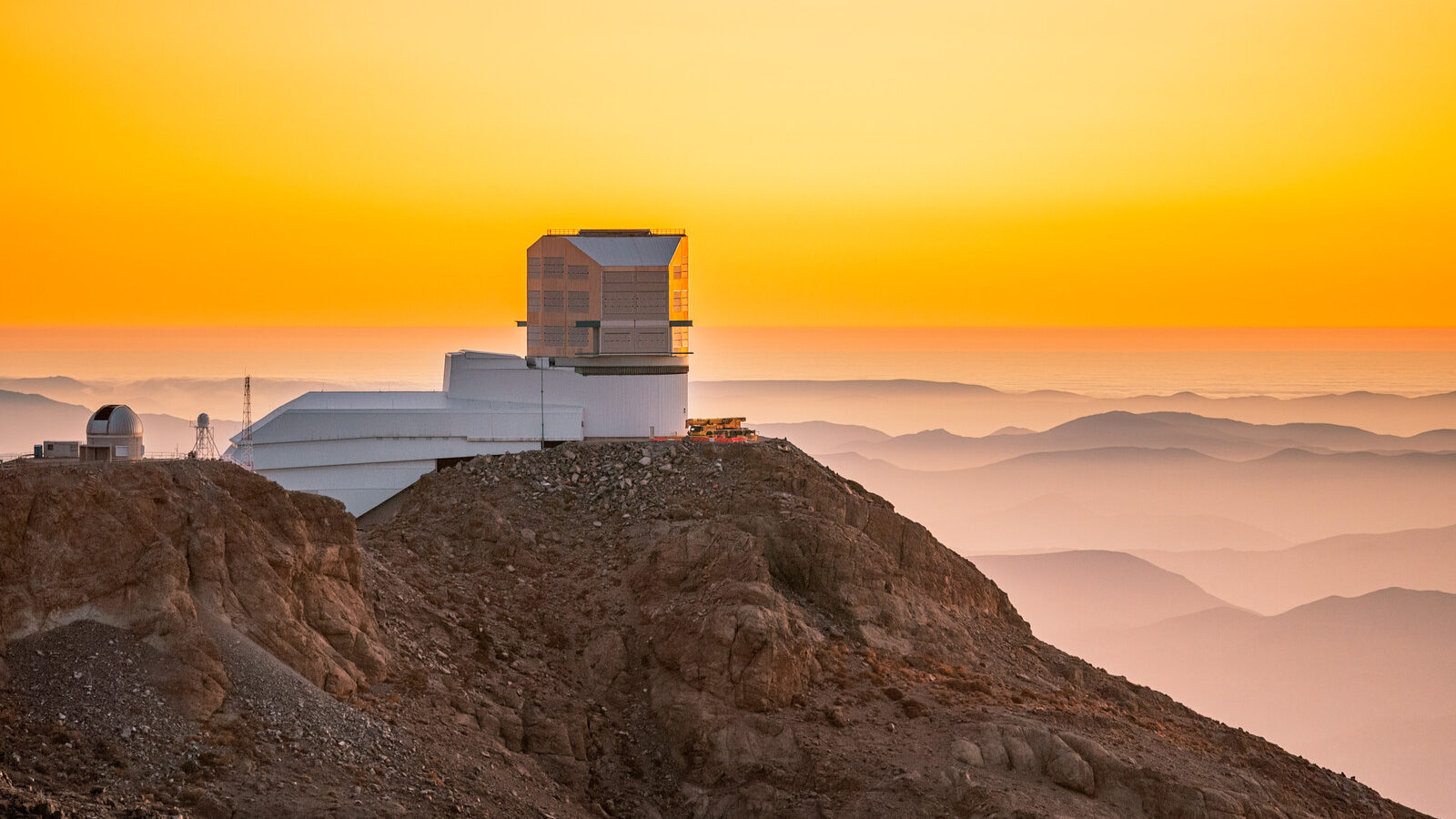SpaceX Rocket Launches 1st Private Moon Lander for Israel
CAPE CANAVERAL, Fla. — Israel's first space mission is on its way to the moon!
A used SpaceX Falcon 9 rocket successfully launched an Israeli moon lander along with an Indonesian communications satellite from Cape Canaveral Air Force Station in Florida tonight (Feb. 21). After deploying its two payloads into orbit, the Falcon 9's first stage returned to Earth and aced a landing (the third for this booster) on SpaceX's drone ship "Of Course I Still Love You," which was stationed in the Atlantic Ocean.
Liftoff occurred at 8:45 p.m. EST (0145 Feb. 22 GMT) just as the moon rose above the horizon here.
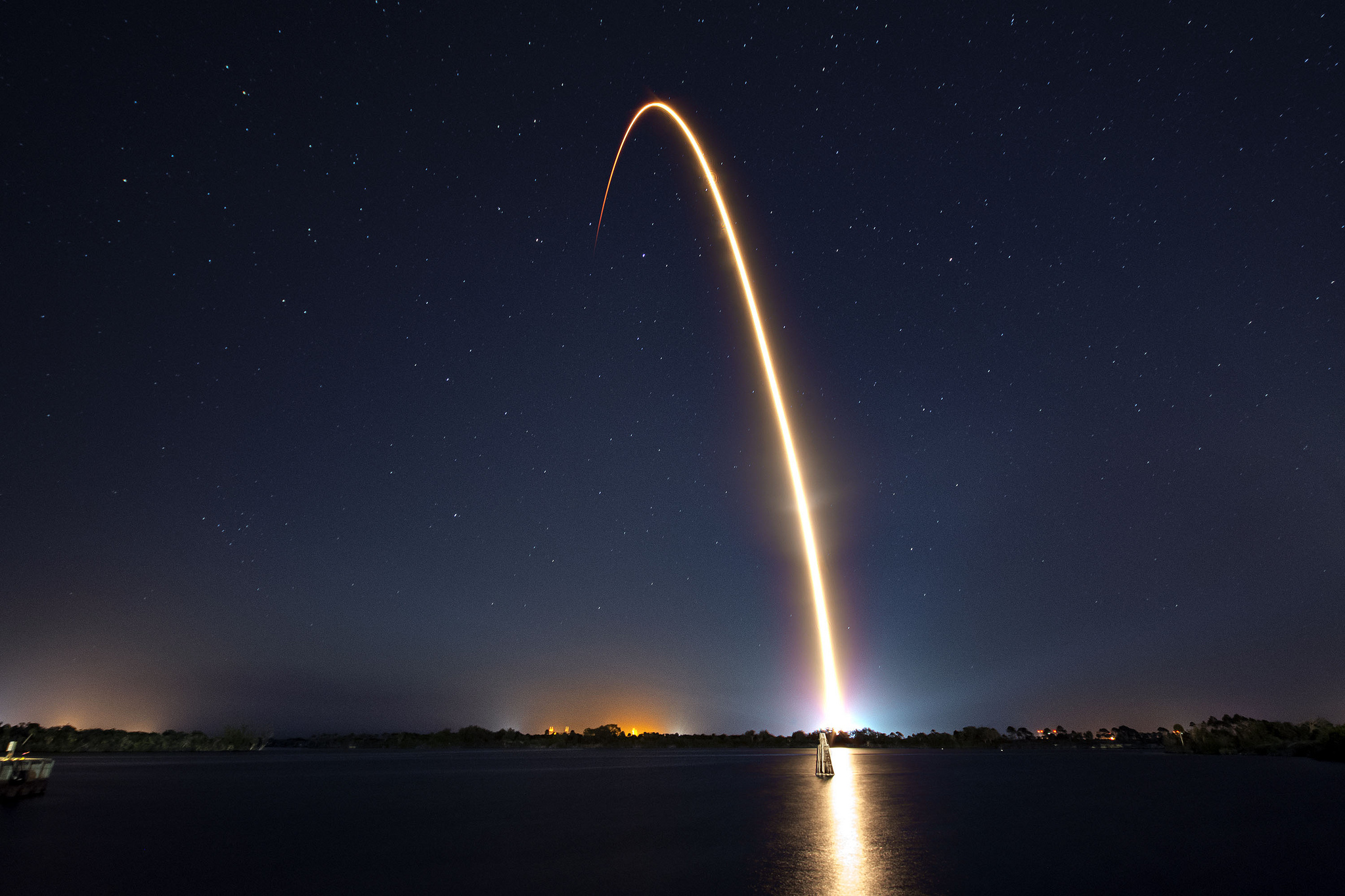
Although the primary payload for this mission was Indonesia's satellite, named Nusantara Satu, the tiny moon lander that hitched a ride with the satellite as a secondary payload stole the show today. It became not only the first Israeli spacecraft to venture beyond Earth's orbit, but also the first-ever privately funded moon mission.
Related: Launch Photos: SpaceX Lofts Israeli Moon Lander, Satellites
Beresheet: Israel's 1st moonshot
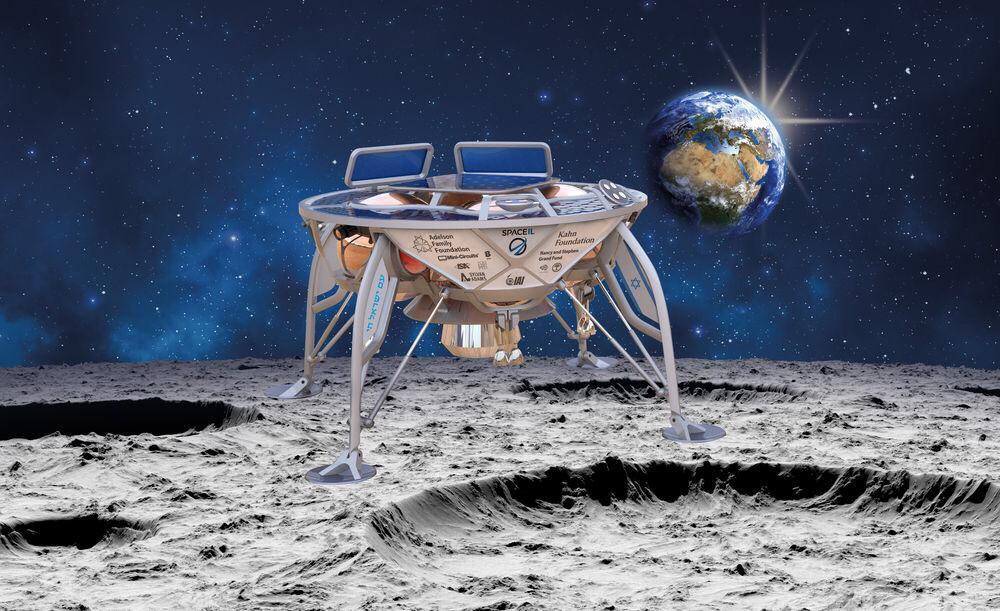
Today's launch was a momentous occasion for Israel, a small country that has never launched a mission into space, save for a handful of communications satellites and Earth-observation satellites that never left Earth's orbit.
The lander, named Beresheet (meaning "in the beginning" in Hebrew), was built by the Israeli nonprofit organization SpaceIL, which began working on this mission in 2011 as a contestant in the Google Lunar X Prize. That international competition offered $30 million to whichever privately funded team could land a robotic spacecraft on the moon. When none of the teams were able to reach that goal before the deadline, the competition ended without a winner. But that didn't stop SpaceIL from pursuing its goal.
Breaking space news, the latest updates on rocket launches, skywatching events and more!
"We have a vision to show off Israel's best qualities to the entire world," Sylvan Adams, a SpaceIL donor and Canadian-Israeli philanthropist, said during a pre-launch briefing in Orlando, Florida, on Wednesday (Feb. 20). "Tiny, tiny Israel is about to become the fourth nation to land on the moon, and this is a remarkable thing because we continue to demonstrate our ability to punch far above our weight and to show off our skills, our innovation [and] our creativity in tackling any difficult problem that could possibly exist."
If the mission is successful, Israel will be both the fourth nation and the fourth-largest nation to land on the moon, he added.
Related: Israel's Beresheet Moon Lander in Pictures
Beresheet will spend seven weeks making its way to the moon, swinging by Earth a few times and using our planet's gravity to build the momentum it needs to get to its destination. If Beresheet successfully executes a soft landing on the lunar surface, Israel will become the fourth nation to achieve such a landing on the moon, following in the footsteps of the world's "space superpowers" — the United States, Russia and China.
The first soft landing on the moon was achieved by the Soviet Union's Luna 9 spacecraft in 1966. NASA's Surveyor 1 spacecraft touched down on the lunar surface later that year. China joined the scene in 2013 with its Chang'e 3 lander and Yutu rover.
"We thought it's about time for a change, and we want to get little Israel all the way to the moon," Yonatan Winetraub, a co-founder of SpaceIL, said during the briefing. "This is the purpose of SpaceIL."
When Beresheet approaches the lunar surface, it will aim to touch down in a region called Mare Serenitatis, meaning "Sea of Serenity." The spacecraft will survive for only about two days before running out of power. During that time, it will study the moon's magnetic fields and take photos of the lunar surface — along with some out-of-this-world selfies, Yigal Harel, head of the SpaceIL Spacecraft Program, said in the briefing.
Once Beresheet's two days are up, the dead spacecraft won't be entirely useless. Mounted on the spacecraft is a laser retroreflector, a mirroring device that requires no power and can be used for space-to-ground communications via NASA's Deep Space Network (DSN). NASA contributed the device to this mission as part of an agreement with SpaceIL that would allow the startup company to utilize the DSN for its moon mission.
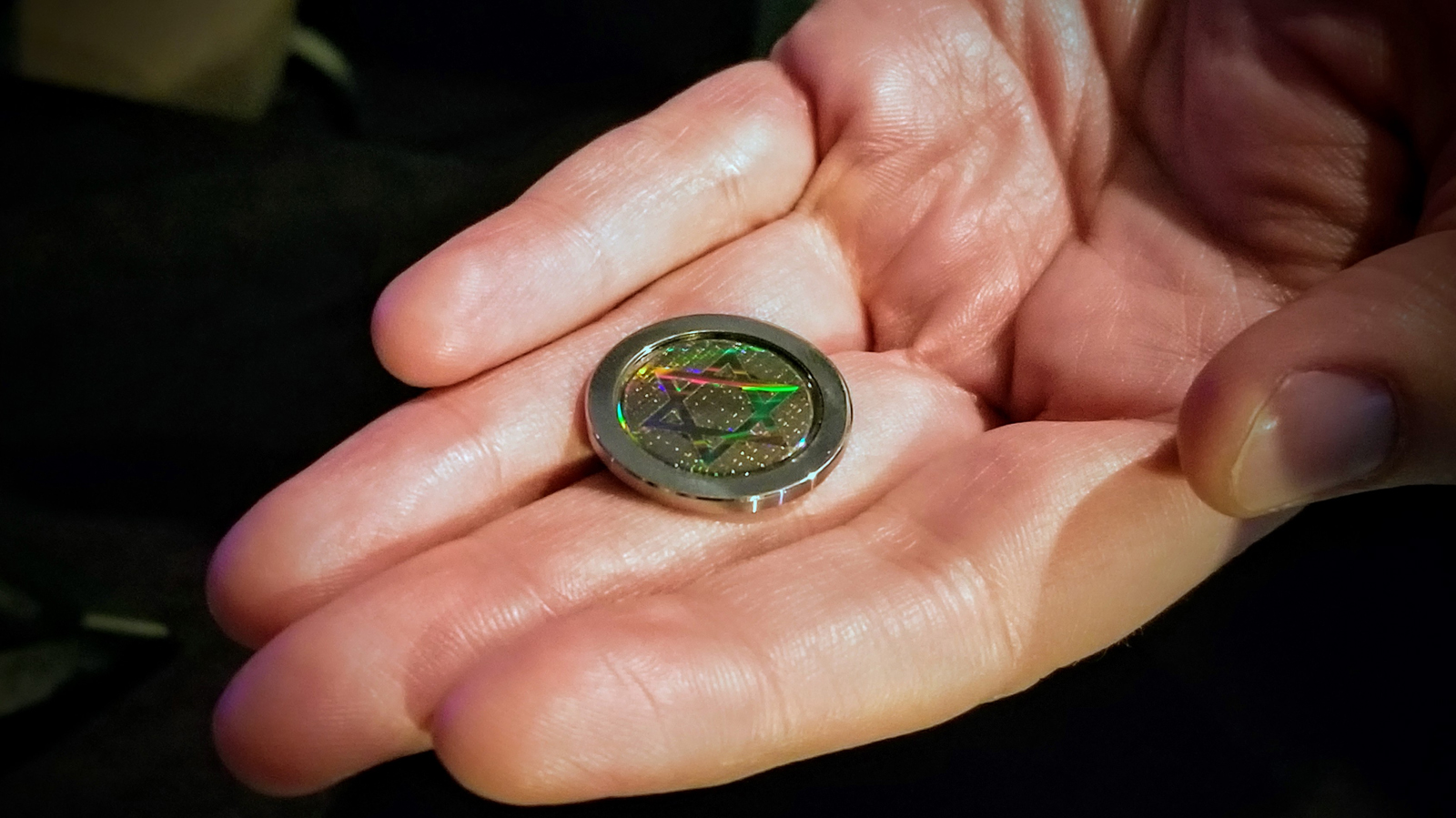
The retroreflector is not the only payload on board Beresheet that is designed to stand the test of time. SpaceIL has also included a time capsule in the spacecraft packed with digital files that hold information about the spacecraft and a variety of Israeli memorabilia. That includes a copy of Hebrew Bible, Hebrew songs, artwork created by Israeli children and a photo of Ilan Ramon, Israel's first and only astronaut.
Inside the time capsule is an enormous digital database known as the Arch Lunar Library, a project of the nonprofit Arch Mission Foundation. The library contains "millions of documents from all around the world, different dictionaries [and] encyclopedias" on three laser-etched coins each about the size of a nickel, Winetraub said. "It's going to be the most densely packed artifact to reach the moon from information point of view, and it's going to stay there for future generations to see what is it like on Earth here in 2019."
Nusantara Satu
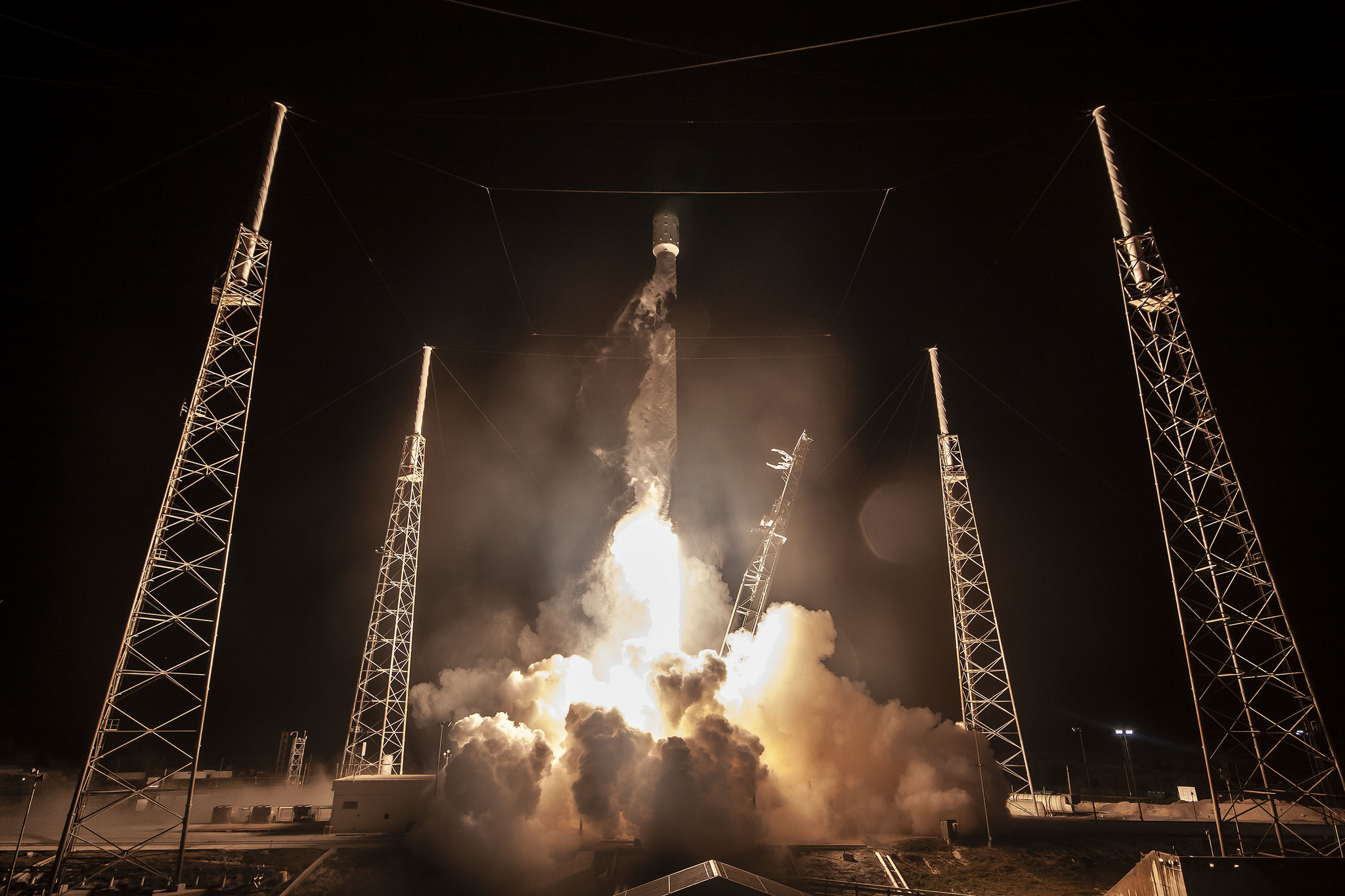
While Beresheet may be dominating the publicity for today's launch, the mission wouldn't be heading to the moon if it weren't for Indonesia's Nusantara Satu satellite and SpaceX's ability to offer ride-share missions. "We can't afford a full rocket ... so we basically do a ride share," Winetraub said. "This is Uber-style space exploration, so we're riding shotgun on the rocket."
Also known as PSN-6, Nusantara Satu is a geostationary communications satellite built by the California-based aerospace company SSL for Pasifik Satelit Nusantara, Indonesia's first private telecommunications company.
"Nusantara Satu is Indonesia's first high-throughput satellite that will serve to improve internet connectivity in the region," SpaceX officials said in a statement. "Additionally, the satellite's C-band and Ku-band transponders will be used for voice and data communications and video distribution throughout the Indonesian archipelago.
One booster, three missions
Beresheet and Nusantara Satu launched on a used Falcon 9 booster that had already traveled into space for two separate missions. Its maiden flight was for the Iridium-7 mission on July 25, 2018, when it launched 10 new Iridium communications satellites into orbit. After the booster stuck a drone-ship landing in the Pacific Ocean, SpaceX refurbished it and used it to launch Argentina's SAOCOM-1A Earth-observation satellite 11 weeks later. After successfully delivering SAOCOM-1A into orbit, the booster returned to Earth once more to touch down at Vandenberg Air Force Base in California.
This is the second Falcon 9 booster to execute three successful launches and landings. In December 2018, a twice-flown booster launched 64 small satellites into orbit for the SSO-A Smallsat Express mission. That booster landed on SpaceX's West Coast drone ship, named "Just Read the Instructions," and could be refurbished for a historic fourth flight. By reusing rocket boosters, SpaceX aims to reduce the cost of spaceflight.
Email Hanneke Weitering at hweitering@space.com or follow her @hannekescience. Follow us on Twitter @Spacedotcom and on Facebook.
Join our Space Forums to keep talking space on the latest missions, night sky and more! And if you have a news tip, correction or comment, let us know at: community@space.com.

Hanneke Weitering is a multimedia journalist in the Pacific Northwest reporting on the future of aviation at FutureFlight.aero and Aviation International News and was previously the Editor for Spaceflight and Astronomy news here at Space.com. As an editor with over 10 years of experience in science journalism she has previously written for Scholastic Classroom Magazines, MedPage Today and The Joint Institute for Computational Sciences at Oak Ridge National Laboratory. After studying physics at the University of Tennessee in her hometown of Knoxville, she earned her graduate degree in Science, Health and Environmental Reporting (SHERP) from New York University. Hanneke joined the Space.com team in 2016 as a staff writer and producer, covering topics including spaceflight and astronomy. She currently lives in Seattle, home of the Space Needle, with her cat and two snakes. In her spare time, Hanneke enjoys exploring the Rocky Mountains, basking in nature and looking for dark skies to gaze at the cosmos.
